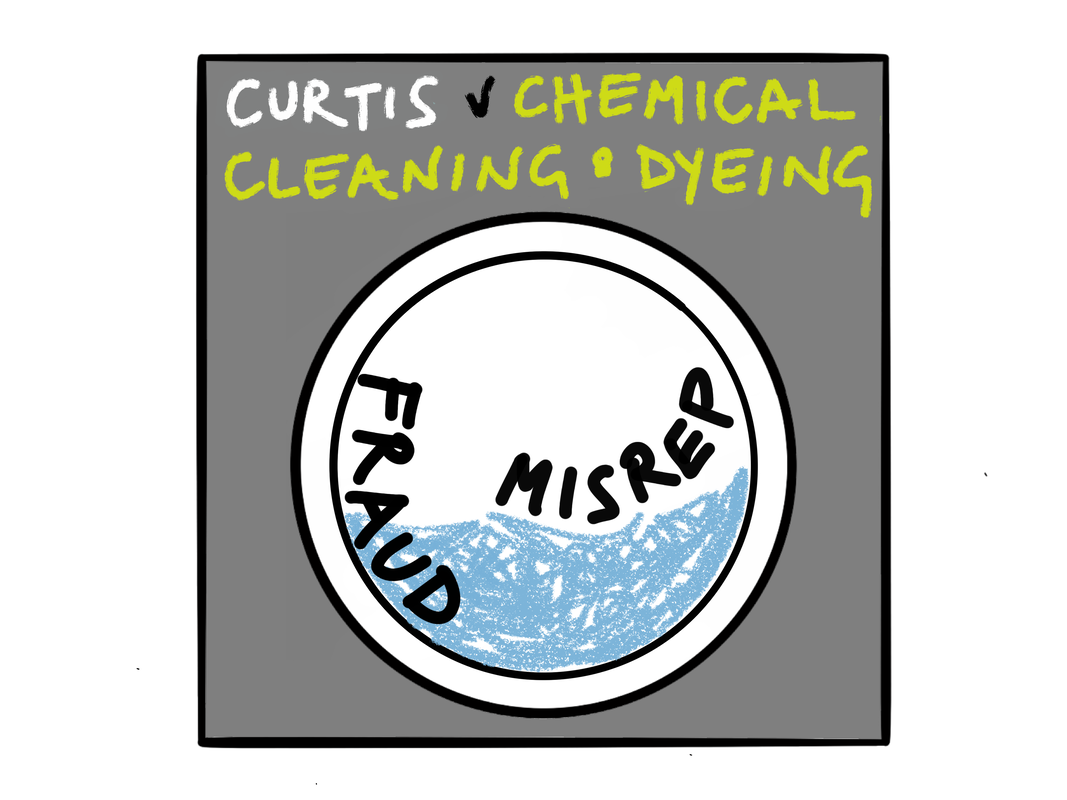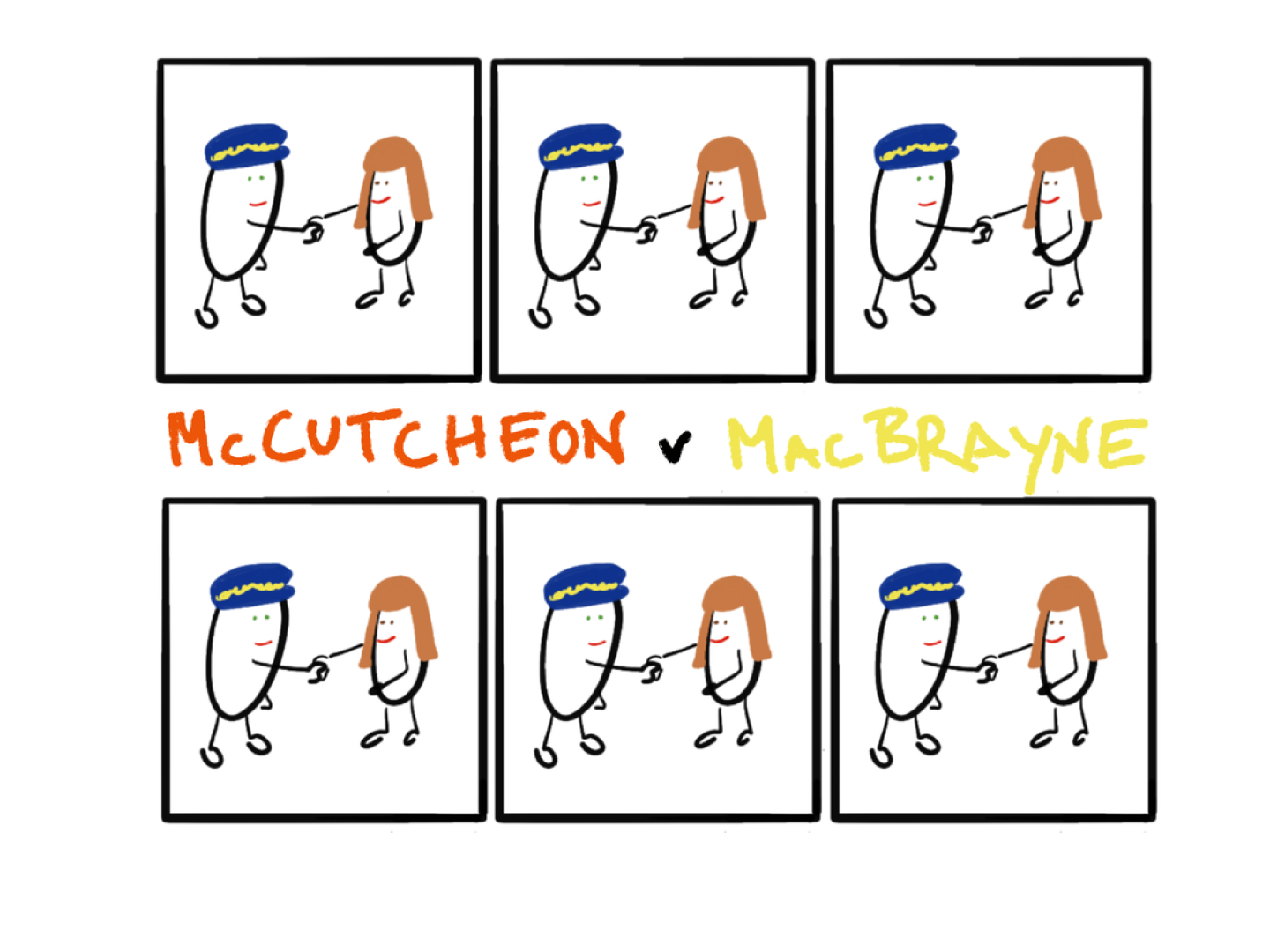INCORPORATION
For an express term to be effective it must be properly incorporated into the contract (please note that the rules on incorporation also apply to exemption clauses).
Terms can be incorporated in the following ways…

SIGNATURE
If a party has signed a document then the terms included in it will be binding on the signatory, even if they have not read the document (L’Estrange v Graucob (1934) (HC)).

L’Estrange had bought a cigarette vending machine from two travelling salesmen representing Graucob. She signed a document, that included an exemption clause, without reading it. When the machine broke down the court found that she was unable to sue Graucob because the exemption clause had been incorporated in the signed document. It was immaterial that L’Estrange had not read the clause. The fact that she signed it meant that she was bound by it. She was deemed to have read and agreed to the terms of the contract.
LIMITATIONS TO THE RULE
FRAUD & MISREPRESENTATION
If the signature has been obtained by fraud or misrepresentation then the signatory is not bound. In Curtis v Chemical Cleaning & Dyeing Co (1951) (CoA) the customer has been told that the exemption clause only related to damage to beads and sequins when in fact it covered liability for all damage. Therefore Curtis was not bound by the terms of the signed document and she could claim for her stained dress.
|
|
STATUTE
Today statutes such as the Unfair Contract Terms Act (UCTA) 1977 specifically protect consumers against the incorporation of unfair terms which apply even if the document has been signed.
|
THE DOCUMENT
The document that is signed must be one that the person signing would expect to contain contractual terms. In Grogan v Robin Meredith Plant Hire (1996) (CoA) the signing of a time sheet did not alter the contractual terms because a time sheet was not deemed to be a document that would obviously include contractual terms.
|
REASONABLE NOTICE
Terms not in a signed document can be incorporated through reasonable notice. The party relying on the term must take reasonable steps to ensure that the other party has notice of that term. This is an objective test based on what the reasonable man would have noticed.
Reasonable notice, the timing of the notice and the document on which the statement is written are all considered by the court when deciding if a term has been incorporated. As you will see from the cases below each case rests on its own facts.

In Parker v South Eastern Railway (1877) (CoA) Parker deposited a bag in a left luggage cloakroom at Charing Cross railway station which was run by South Eastern Railway. He was issued with a ticket on which was printed ‘See Back’. On the back was a term excluding liability for loss. When Parker’s bag was lost he brought a claim against the railway. The court found that the railway had taken reasonable steps to bring the term to Parker’s notice. He had been directed to the notice by reference (the wording on the front of the ticket) and a ticket is an acceptable form of contractual document on which terms are often found. The reasonable man would have turned the ticket over and read the exemption clause.
This case also highlights that a term can be incorporated via reference to another document, or the back of a document. This will only count as reasonable notice if the person can reasonably access the information referred to.
There are several other cases that illustrate the concept of reasonable notice;
|
Thompson v London, Midland & Scottish Railway (1930) (CoA)
Thompson was illiterate so could not read the railway’s notice excluding liability for injury that was printed on the back of her ticket. The court found that the railway had taken reasonable steps. Providing alternatives for potentially illiterate passengers was beyond what was reasonable. If they had known she was illiterate then the decision may have been different.
|
Sugar v London, Midland & Scottish Railway (1941)
A date stamp made the writing on the ticket illegible. The clause was therefore not incorporated.
Harvey v Ventilatorenfabrik Oelde (1988) (CoA)
An exemption clause was inserted without the other party’s knowledge into a contract written in German. The defendants knew that the claimant could not read German. They had therefore not taken reasonable steps to bring it to the other party’s notice and it was not incorporated.
|
VALID CONTRACTUAL DOCUMENT
The term must be included in a valid contractual document. This will depend on whether the party could reasonably have expected the document to contain contractual terms (Chapelton v Barry Urban District Council (1940) (CoA)).
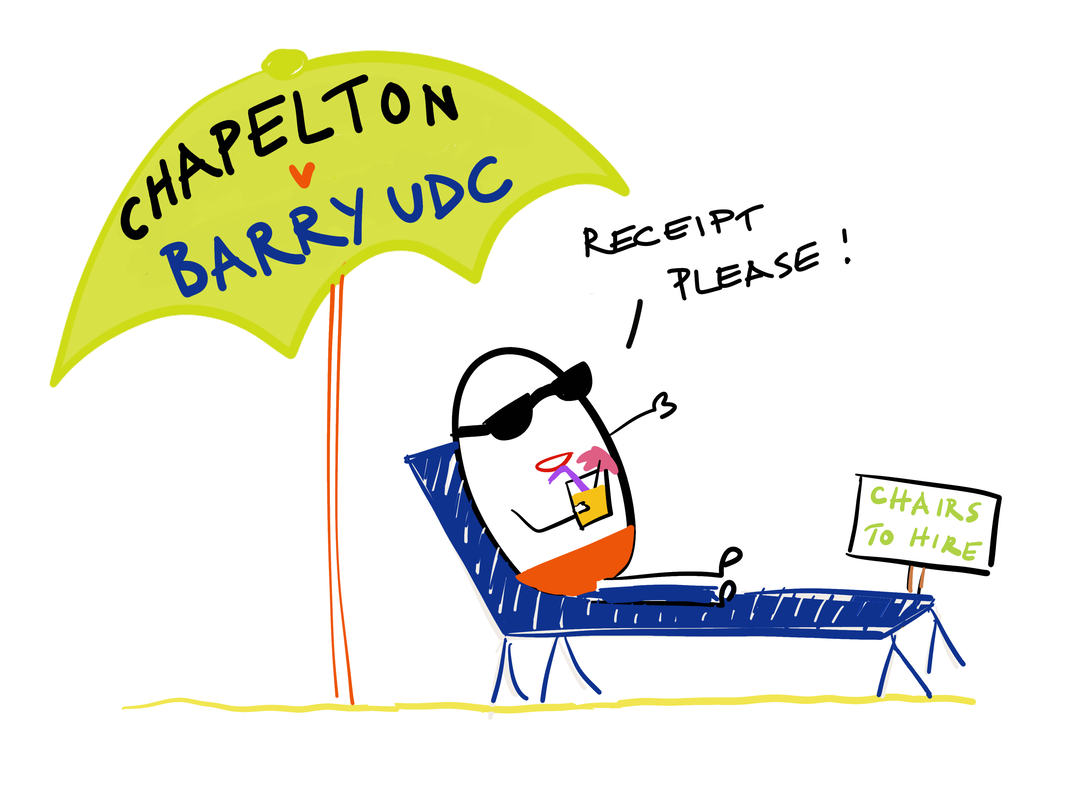
Chapelton hired a beach deck chair from the Council. The piece of paper that he was given after collecting the deck chair included a clause exempting liability for injury. Chapelton did not read the piece of paper believing it to be a receipt and not a hire contract. The court found that the reasonable man would have made the same assumption and the term had not been incorporated. In addition, the court found that the pile of deckchairs was a unilateral offer which Chapelton accepted when he took the deckchair. In this case the term found on the ticket would only have been brought to his notice after acceptance and therefore too late to be incorporated.
Whether the document has contractual force may depend on the facts of the case. Compare Grogan v Robin Meredith Plant Hire (1996) (CoA) in which it was stated that time sheets and invoices are not usually deemed to be contractual documents and Photolibrary Group v Burda Senator Verlag (2008) (HC) in which a parcel of photo transparencies with a delivery note (a kind of invoice) which included terms was an offer which was accepted by the other party’s acceptance of the package. In this case there was also an established course of dealing of including terms in the delivery notes.
TIMING OF THE STATEMENT
Reasonable notice of a term must be given before the contract is concluded (Olley v Marlborough Court Hotel (1949) (CoA)).

A notice in a hotel bedroom excluding liability could not be a term of the contract because the contract had been concluded at the check-in desk before the guests went to their room and were able to see the notice.
In Thornton v Shoe Lane Parking (1971) (CoA) before going through the automatic entrance barrier of the car park a ticket was issued to the driver by a machine. The back of the ticket stated that it was issued subject to terms that could be found on signs inside the car park, one of these was an exemption for personal injury. The court decided that the defendant was unable to rely on the exemption clause because no notice of it had been given before the contract was made. The ticket machine was making a standing offer which was accepted when the machine was activated. Therefore the ticket came too late to be incorporated.
This is different from tickets issued by a person which do constitute an offer (see Parker v South Eastern Railway (1877) (CoA) above) because the person being issued the ticket could theoretically read the terms on the back of the ticket and then decide to reject the offer. This is not possible with a machine.
ONEROUS OR UNUSUAL TERMS
If a term is particularly onerous or unusual then the party relying on it must take extra steps to bring it to the attention of the other party.
‘I quite agree that the more unreasonable a clause is, the greater the notice which must be given of it. Some clauses which I have seen would need to be printed in red ink on the face of the document with a red hand pointing to it before the notice could be held to be sufficient.’ Spurling v Bradshaw (1956), Denning LJ
This rule was confirmed in Interfoto Picture Library v Stiletto Visual Programmes (1989) (CoA).
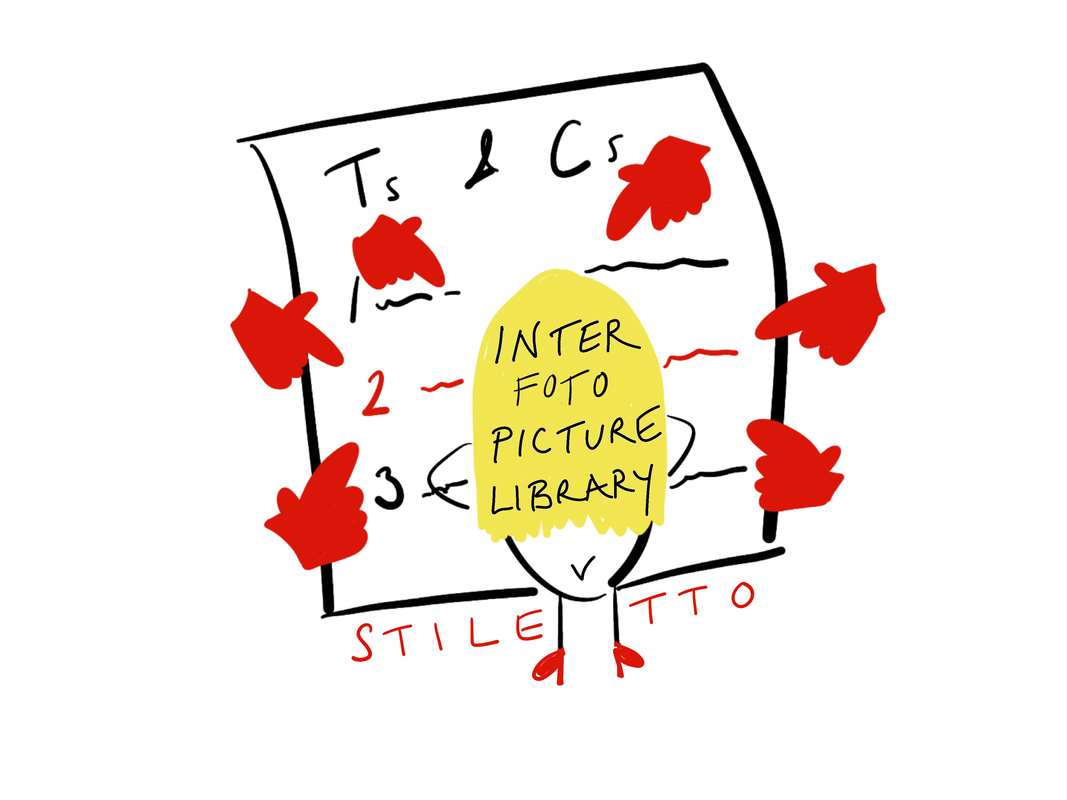
A term setting out the fines for late return of photo transparencies was included in Interfoto’s standard Ts&Cs. Stiletto forgot to return the transparencies for six weeks and was fined a large amount. The court decided that the term was onerous because the fine was much higher than the industry standard. For this reason, and because the two parties had never contracted before, the term should have been more prominent than simply incorporated into the standard Ts&Cs. Therefore, it was not incorporated.
The case of Photolibrary Group v Burda Senator Verlag (2008) (HC), mentioned above, rested on similar facts to Interfoto but the term concerning fines was not considered onerous or unusual because the parties had contracted many times before on the same terms and the level of fines was not unusual for the industry.
The continued use of a special test for the incorporation of onerous or unusual terms has given rise to some practical difficulties in determining which clauses are caught by this rule.
In AEG (UK) Ltd v Logic Resource Ltd (1996) (CoA) a clause requiring the purchaser to return defective goods at his own expense had not fairly and reasonably been drawn to the attention of the purchaser. There was a dissenting judgment by Hobhouse LJ who said: “if… clauses are to be gone through, with… a toothcomb to see whether they were entirely usual and entirely desirable in the particular contract, then one is completely distorting the contractual relationship between the parties and the ordinary mechanisms of making contracts.” Hobhouse LJ stated further that issues of unreasonableness should be dealt with under the Unfair Contract Terms Act 1977.
In O’Brien v MGN Ltd (2002) (CoA) the question arose as to whether the Mirror Group Newspapers’ terms were incorporated into a Daily Mirror scratch card. The Court of Appeal held that they were; sufficient notice had been given as the terms were referred to on the face of the scratch card. The court also stated that clauses can be unusual without being particularly onerous or unreasonable and highlighted the difficulty is determining what is “onerous and unusual”.
COURSE OF DEALING
As with any implied term an exemption clause can be incorporated based on a regular and consistent course of dealing (McCutcheon v David MacBrayne (1964) (HoL)).
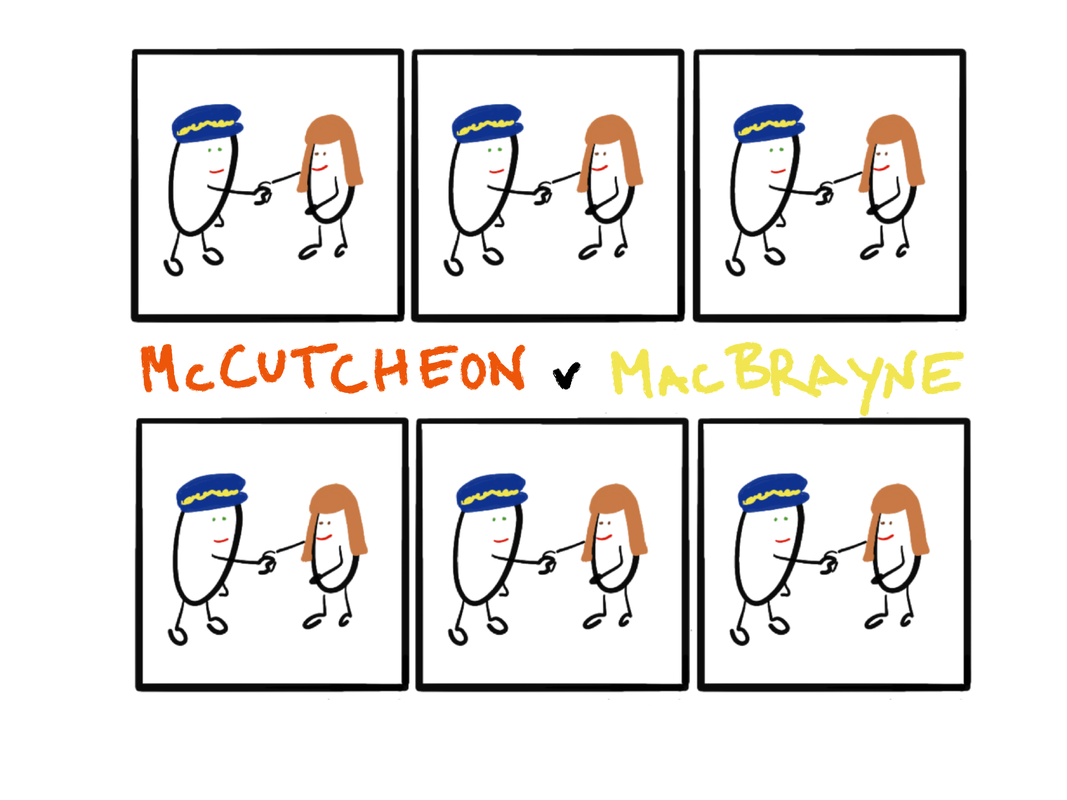
McCutcheon had used MacBrayne’s ferry service on a number of occasions but only on some of those journeys had he had been asked to sign a slip that included an exclusion clause. On one trip, for which no slip had been signed, the ferry sank. MacBrayne were unable to rely on the exclusion clause because the signing of the slip had not previously been consistent enough to constitute a previous course of dealing. Lord Devlin held that previous dealings are relevant only if they prove knowledge of the terms, actual and not constructive, and acceptance of them.
‘If previous dealings show that a man knew of and agreed to a term on ninety-nine occasions, there is a basis for saying that it can be imported into the hundredth contract without an express statement.’ Lord Devlin
See J Spurling v Bradshaw (1956) (CoA) in which an exemption clause contained in a document could not be incorporated through reasonable notice because it had only been seen by Bradshaw after the contract was concluded. However, the court held that it could be incorporated through a course of dealing because every other transaction between the two parties had included this exemption clause. The exemption clause in question was found within a landing account, received by Bradshaw after the goods under the contract were received. Yet Mr. Bradshaw admitted that he had received many landing accounts before. By the course of business and conduct of the parties, these conditions were part of the contract.
The courts are much more likely to imply a term into a B2B contract rather than a B2C contract (Hollier v Rambler Motors (1972) (CoA)). Here, three to four transactions between Hollier and the garage, Rambler Motors, was not enough to establish a course of dealing. Therefore, the exemption clause was not incorporated in this way.


